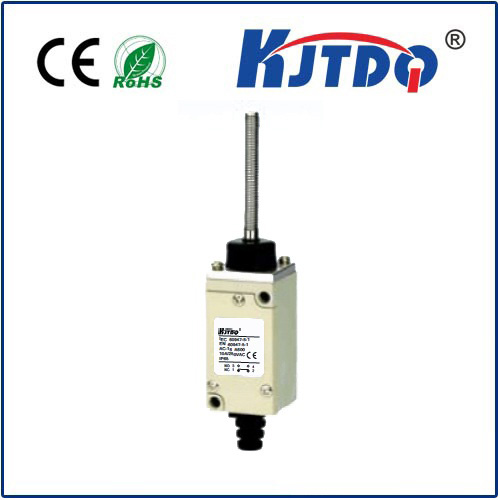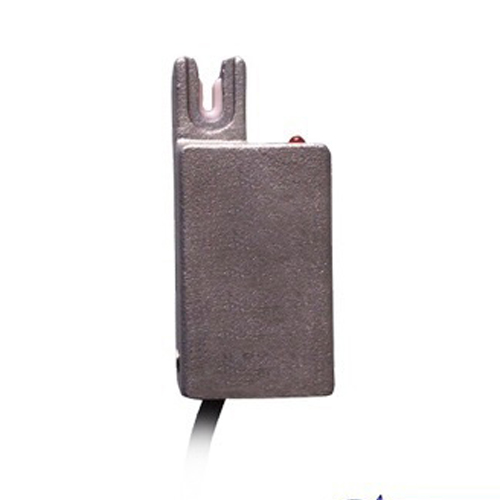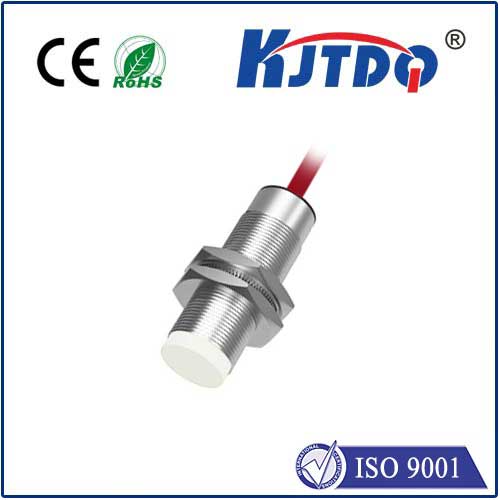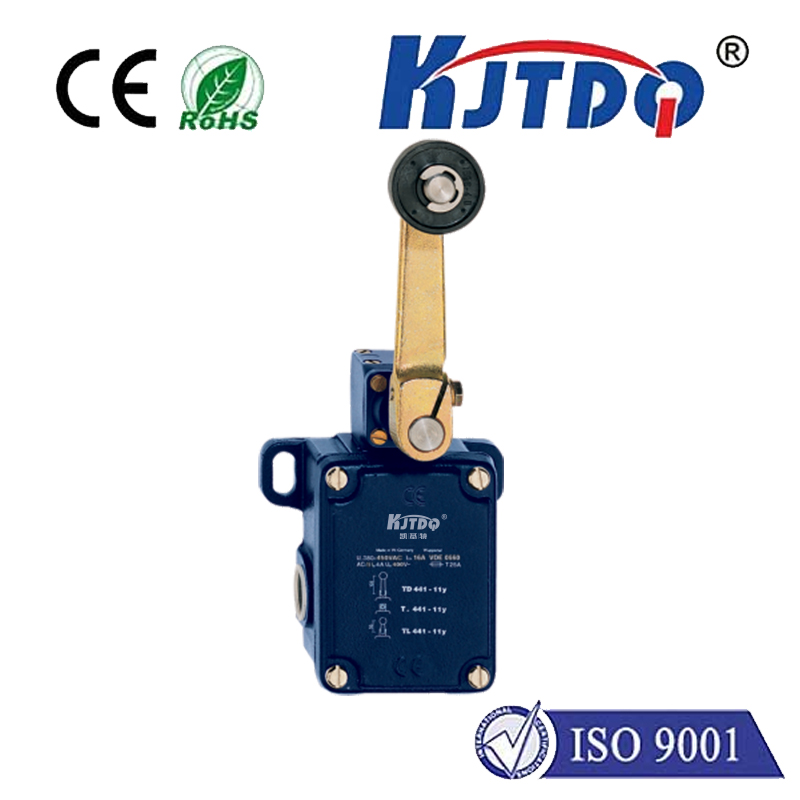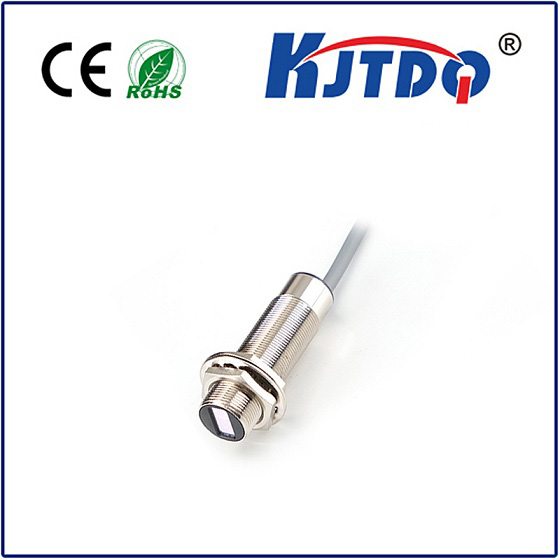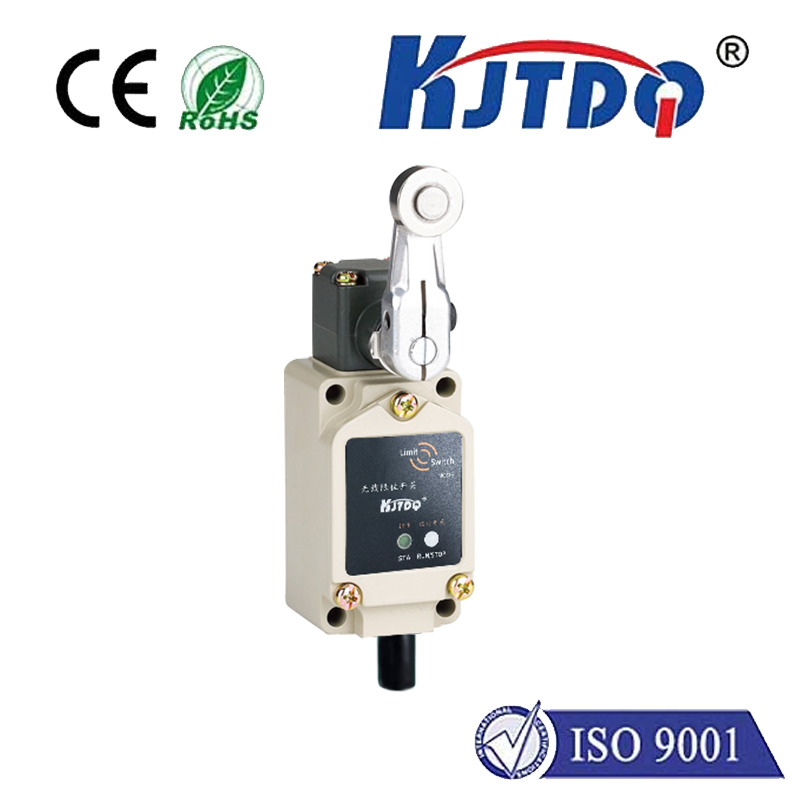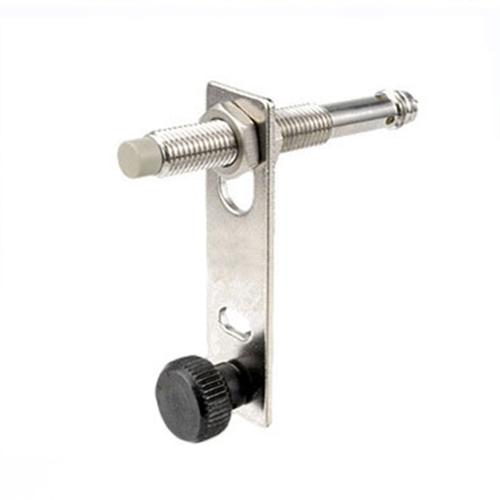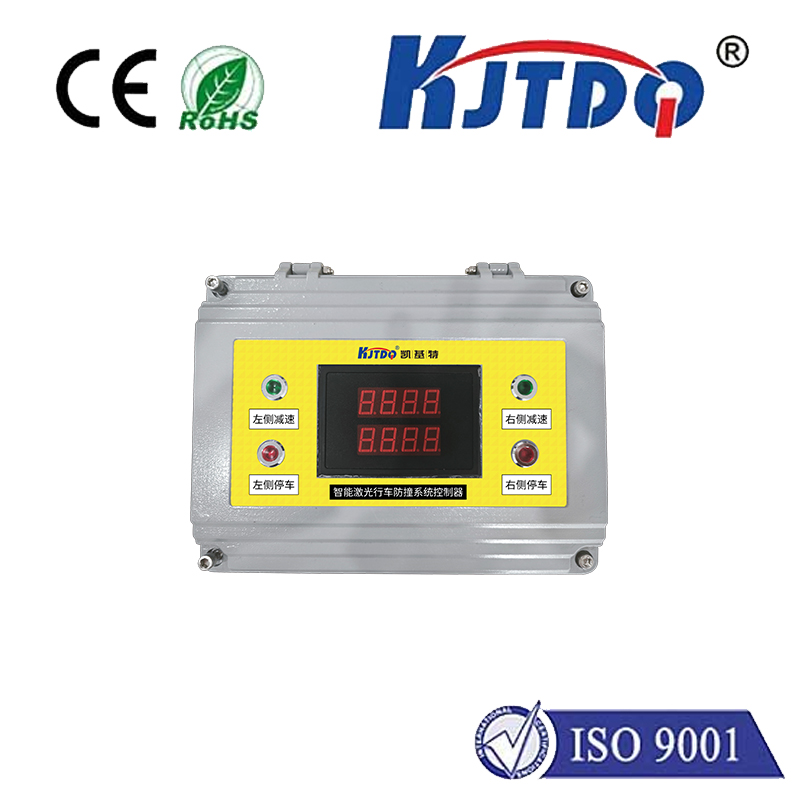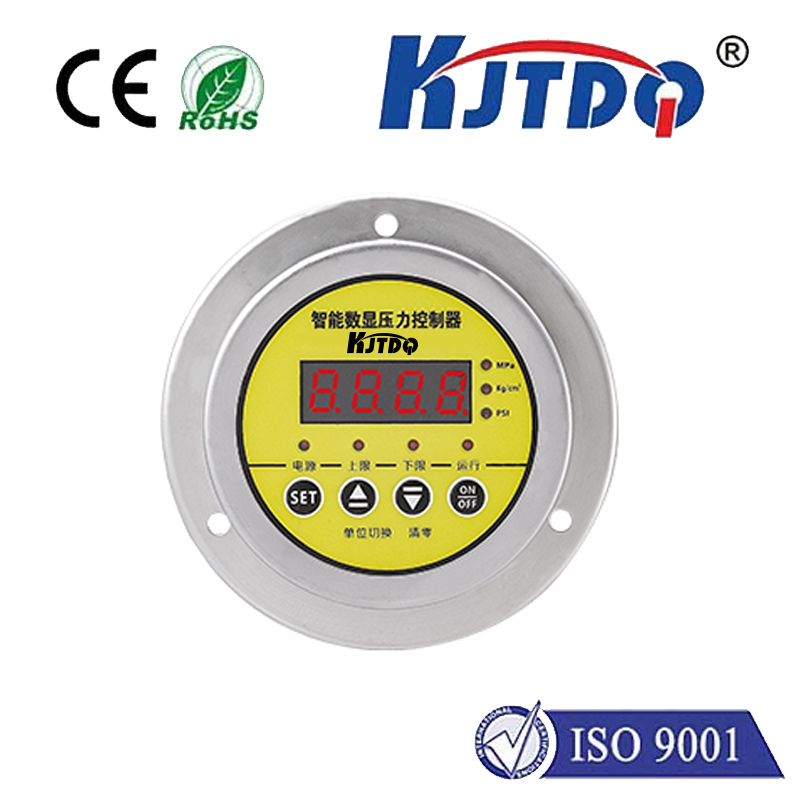pick up sensor
- time:2025-08-23 03:32:11
- Click:0
Pick Up Sensors: The Invisible Force Automating Our World
Imagine a world where doors only open when you need them, assembly lines flawlessly detect every component, and your smartphone magically knows when you lift it to your ear. This isn’t magic; it’s the pervasive, often unnoticed, work of pick up sensors. These remarkable devices, acting as the fundamental sense of touch for machines, detect the presence, absence, position, or proximity of objects without physical contact. They are the silent sentinels enabling the smooth, efficient, and often safer automation that defines modern life.
Understanding the Core: What Exactly is a Pick Up Sensor?
A pick up sensor, also frequently called a proximity sensor or presence detector, is a device designed to identify when an object is nearby or in a specific position. Unlike simple mechanical switches requiring direct touch, these sensors operate “at a distance,” using various physical principles to detect an object’s existence or characteristics. Their primary function is to pick up on something being there – hence the descriptive name. This information is then converted into an electrical signal that can trigger an action, provide data, or initiate a sequence within a larger system. The key advantage is non-contact detection, minimizing wear and tear and allowing for operation in harsh or sterile environments.
How Do These Sensors Actually “Pick Up”? The Science Unveiled

The magic behind a pick up sensor lies in its chosen sensing technology. Different types use distinct principles to detect objects:
- Inductive Sensors: Fundamental Principle: Detect metallic objects (primarily ferrous metals like iron and steel) by disturbing an electromagnetic field. The sensor generates a high-frequency oscillating field. When a metallic object enters this field, it induces tiny eddy currents on the object’s surface. These currents cause a measurable loss of energy in the sensor’s oscillator circuit, triggering the output signal.
- Key Strength: Highly reliable for detecting metal, unaffected by dirt, dust, oil (non-conductive), or moisture. Immune to non-metallic materials nearby. Common in manufacturing for detecting metal parts, machine tool positioning, and robotics.
- Capacitive Sensors: Fundamental Principle: Detect almost any object – metal, plastic, wood, liquid, or granular materials – by changes in capacitance. The sensor forms one plate of a capacitor; the target object (or a grounded surface) acts as the other plate. The presence of the object alters the dielectric constant and capacitance within the sensor’s field. This change is measured and used to trip the output.
- Key Strength: Versatility in detecting non-metallic materials. Ideal for level detection (liquids, powders), position sensing of plastic components, or detecting filled containers. Sensing range is generally shorter than inductive types.
- Optical Sensors (Photoelectric): Fundamental Principle: Use light (usually infrared LED) to detect objects. Variations include:
- Through-beam: Transmitter sends light to a separate receiver. An object breaks the beam, triggering detection. Long range, high accuracy.
- Retro-reflective: Sensor sends light to a reflector; the object breaks the reflected beam. Needs a reflector.
- Diffuse (Proximity Mode): Sensor sends light and looks for the reflection bounced back directly from the object itself. Simpler setup, range depends on object reflectivity.
- Key Strength: Long detection ranges, capable of detecting very small objects, fast response times. Used in packaging, conveyor systems, object counting, and security systems.
- Magnetic Sensors (Reed Switches/Hall Effect): Fundamental Principle: Detect the presence of a magnetic field, typically from a permanent magnet attached to the target object. Reed switches use contacts that close when exposed to a magnetic field. Hall Effect sensors generate a voltage proportional to the strength and polarity of the field.
- Key Strength: Simple, reliable, and cost-effective for detecting moving parts with magnets (e.g., door/window position, cylinder piston location in machinery).
Where Pick Up Sensors Power Progress: Unseen Yet Everywhere
The applications for pick up sensors are vast and integral to countless industries and everyday devices:
- Industrial Automation: The beating heart of modern factories. They detect parts on conveyors (is the bottle present for filling?), verify machine tool positions, control robotic arm movements (is the object gripped?), monitor safety guards (is the door closed?), and count products. Efficiency and precision in assembly lines heavily rely on them.
- Consumer Electronics: Your smartphone uses a proximity pick up sensor (usually capacitive or optical) to turn off the screen when held to your ear during a call, saving battery and preventing accidental touches. Laptops use them to detect if the lid is closed. Touchscreens often integrate capacitive sensing principles.
- Automotive Industry: Ubiquitous in modern vehicles: detecting seat occupancy for airbags, monitoring brake pedal position, sensing gearbox selector position, detecting liquid levels (like washer fluid), and enabling keyless entry systems. They enhance both safety and convenience.
- Building Automation & Security: Automatic doors open via optical or motion sensors (which often combine technologies). Security systems use them for perimeter monitoring (breaking a light beam) or detecting open windows/doors (magnetic sensors). HVAC systems might use occupancy sensors.
- Medical Devices: Used in equipment for precise positioning, detecting fluid levels in IVs or dialysis machines, and ensuring correct placement of components. Touchless interfaces in sterile environments.
- Packaging & Logistics: Ensuring containers are filled, boxes are sealed, items are correctly positioned on pallets, and counting items passing a point on a conveyor belt. Optical sensors excel here.
The Undeniable Value: Why Pick Up Sensors are Indispensable
The widespread adoption of pick up sensors is driven by compelling benefits:
- Reliability & Longevity: Non-contact operation means no mechanical wear on the sensor or the target, leading to significantly longer lifespans compared to mechanical switches.
- High Speed Operation: Many sensors react in milliseconds, enabling ultra-fast process control and monitoring in high-speed automation.
- Robust Performance: Designed to withstand challenging environments including vibration, dust, moisture (with appropriate IP ratings), oils, and temperature extremes – especially inductive and robustly housed optical sensors.
- Versatility: With different technologies (inductive, capacitive, optical, magnetic), there’s almost always a suitable pick up sensor for the material and application.
- Enhanced Safety & Efficiency: They enable machine interlocks (guards must be closed), prevent jams by detecting missing parts, optimize resource use (e.g., activating machinery only when needed), and automate processes previously requiring manual checks.
Looking Ahead: The Evolving Landscape of Sensing
While incredibly mature, pick up sensor technology continues to advance. Integration with Industrial Internet of Things (IIoT) platforms allows for predictive maintenance – sensors not only detect presence but also monitor their own health. Miniaturization enables placement in tighter spaces. Enhanced materials improve performance in extreme conditions. Furthermore, the combination of sensor data with artificial intelligence allows for more sophisticated object recognition and decision-making, moving beyond simple presence/absence to understanding object characteristics or context within a complex environment.
From the factory floor assembling your next gadget to the smartphone in your pocket, pick up sensors are fundamental, invisible enablers. Their ability to reliably detect the presence of objects forms the bedrock upon which automation, efficiency, safety, and countless modern conveniences are built. They truly are the unassuming giants of technological progress.






